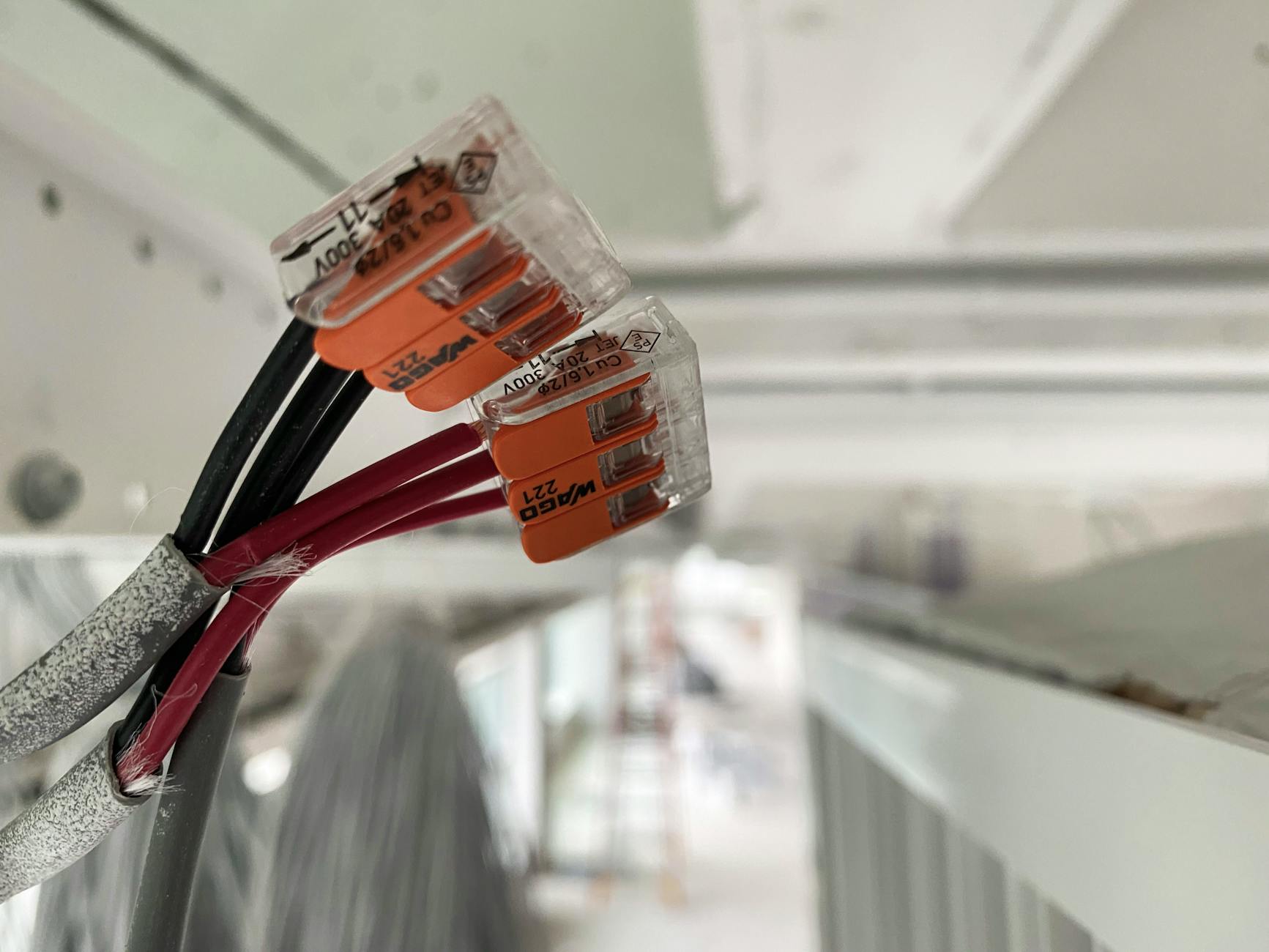Kuan-Ting Li from Cold Spring Harbor Laboratory presented at London Calling 2019 on “PSI-Sigma: a comprehensive splicing-detection method for short-read and long-read RNA-seq analysis.” PSI-Sigma is a splicing detection tool that measures percent spliced in. With nanopore long-read RNA-seq data, PSI sigma presents a newer splicing detection approach. PSI-sigma was benchmarked on synthetic RNAs and the human transcriptome. Li also used human and synthetic RNAs and performed two sequencing runs. PSI-Sigma provides high-resolution splicing detection and p-values. PSI-Sigma is available on GitHub and can use both short-read and long-read data. Li also described an approach they are calling Sherlock RNA-seq to use a small number of long reads to detect splicing events. This session shared various RNA-seq benchmarks and shallow RNA-seq approaches that I didn’t know about. The splicing detection tools can help identify intron-retention events, overlapping exons, and multiple-exon skipping events.



